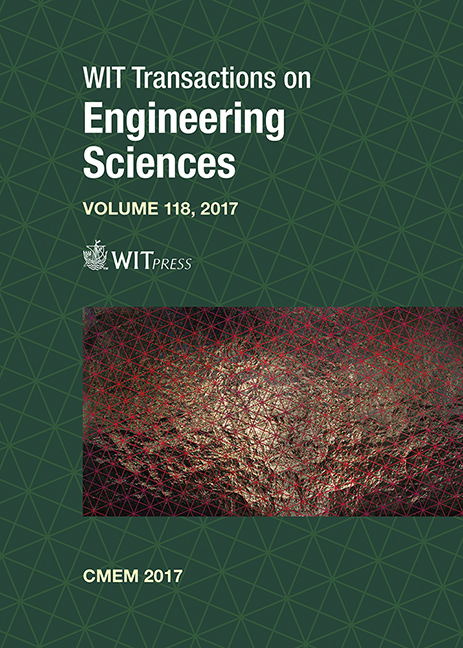DIFFERENT TYPES OF GRAPHS TO MODEL A CITY
Price
Free (open access)
Transaction
Volume
118
Pages
12
Page Range
71 - 82
Published
2017
Size
721 kb
Paper DOI
10.2495/CMEM170081
Copyright
WIT Press
Author(s)
TARAS AGRYZKOV, JOSE LUIS OLIVER, LEANDRO TORTOSA, JOSE FRANCISCO VICENT
Abstract
A city may be represented by spatial networks. The mathematical structure that defines a spatial network is a graph, which is constructed from a set of nodes and a set of edges. According to the meaning we assign to nodes and edges, different types of graphs describing urban networks may be obtained, each of them with their special characteristics. In this paper, we study five different types of graphs associated to the spatial network of the urban layout. They are briefly described and compared pointing out their main features. A case study is performed using the urban network of Alicante, Spain. By means of the study of the distribution of degrees of each one of the graphs obtained experimentally certain conclusions are obtained about the morphology of the urban network itself.
Keywords
graphs, spatial networks, urban studies, degree distribution, Delaunay triangulation





